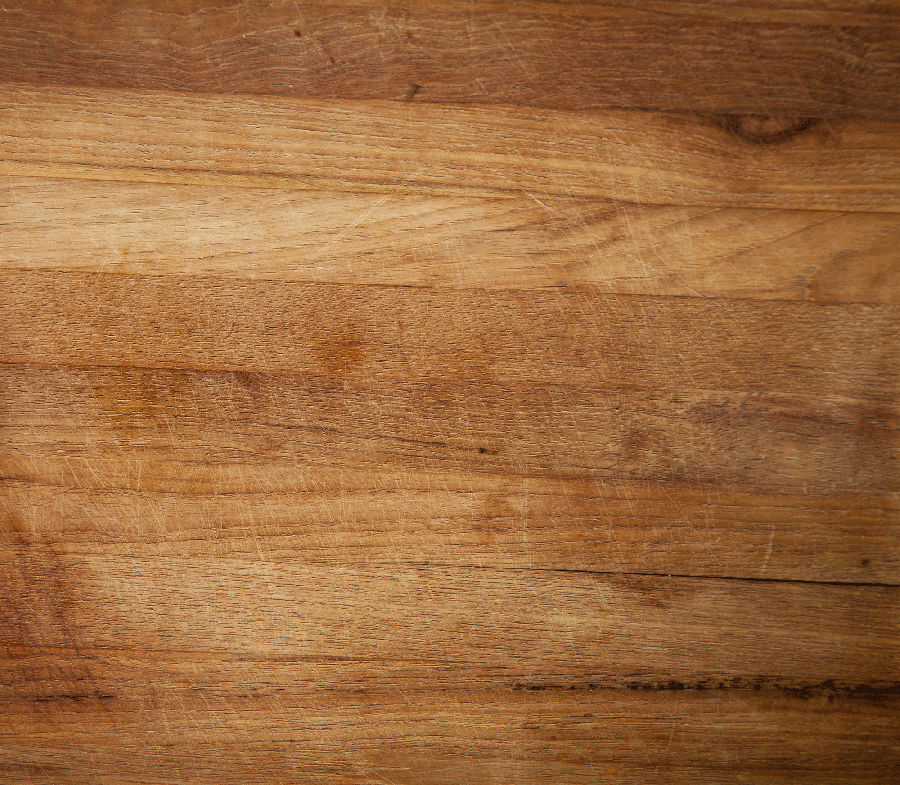We rely heavily on spices making our Paleo meals delicious…I was doing some reading and stumbled across this article (http://www.dummies.com/how-to/content/eating-clean-for-dummies-cheat-sheet.html). I found it interesting and I’d like to share some info from it with you guys!
-
Basil: This leaf contains flavonoids that act as powerful antioxidants. It’s also high in vitamins A and K and has a good amount of potassium and manganese. You can grow basil plants on a sunny windowsill throughout the year or grow it in your garden and preserve it by freezing or drying it.
-
Marjoram: This fragrant herb contains many phytochemicals including terpenes, which are anti-inflammatory. Plus, it has lots of vitamin C and vitamin D.
-
Mint: Mothers used to offer mint to kids for upset stomachs because it soothes an irritated GI tract. It contains a phytochemical called perillyl alcohol, which can stop the formation of some cancer cells. Mint is a good source of beta carotene, folate, and riboflavin.
-
Oregano: This strong herb is a potent antioxidant with the phytochemicals lutein and beta carotene. It’s a good source of iron, fiber, calcium, vitamin C, vitamin A, and omega-3 fatty acids.
-
Parsley: Do you ever wonder what’s happened to all the parsley garnish that has been left on plates in restaurants over the years? If only people knew then how healthy it really is! This mild and leafy herb is an excellent source of vitamin C, iron, calcium, and potassium. Plus, it’s packed with flavonoids, which are strong antioxidants, and folate, which can help reduce the risk of heart disease.
-
Rosemary: Rosemary contains terpenes, which slow down free radical development and stop inflammation. Terpenes may also block some estrogens, which cause breast cancer.
-
Sage: Sage contains the flavonoid phytochemicals apigenin and luteolin and some phenolic acids that act as anti-inflammatory agents and antioxidants. Perhaps sage’s most impressive effect may be against Alzheimer’s disease by inhibiting the increase in AChE inhibitors.
-
Thyme: This herb is a good source of vitamin K, manganese, and the monoterpene thymol, which has antibacterial properties and may help protect against tumor development.
-
Cinnamon: The aroma of cinnamon is one of the most enticing in cooking; just the smell can help improve brain function! It can also reduce blood sugar levels, LDL cholesterol, triglycerides, and overall cholesterol levels. Cinnamaldehyde, an organic compound in cinnamon (go figure!), prevents clumping of blood platelets, and other compounds in this spice are anti-inflammatory.
-
Cumin: This spice is rich in antioxidants, which may help reduce the risk of cancer. It also has iron and manganese, which help keep your immune system strong and healthy.
-
Nutmeg: Nutmeg is rich in calcium, potassium, magnesium, phosphorus, and vitamins A and C. It can help reduce blood pressure, acts as an antioxidant, and has antifungal properties.
-
Turmeric: This spice is one of the healthiest foods on the planet. Curcumin, a phytochemical in turmeric, can stop cancer cells from reproducing and spreading, slow Alzheimer’s disease progression, and help control weight. In fact, researchers are currently studying curcumin as a cancer fighter, painkiller, and antiseptic.
I’m all for natural remedies…and these seem pretty legit and simple. I buy a lot of my spices from the farmer’s market. I find they are much more affordable than at the grocery store. So get to it…SPICE IT UP!
“Just as food absorbs the flavor of spices, it absorbs the attitudes of those who cook and serve it.”


